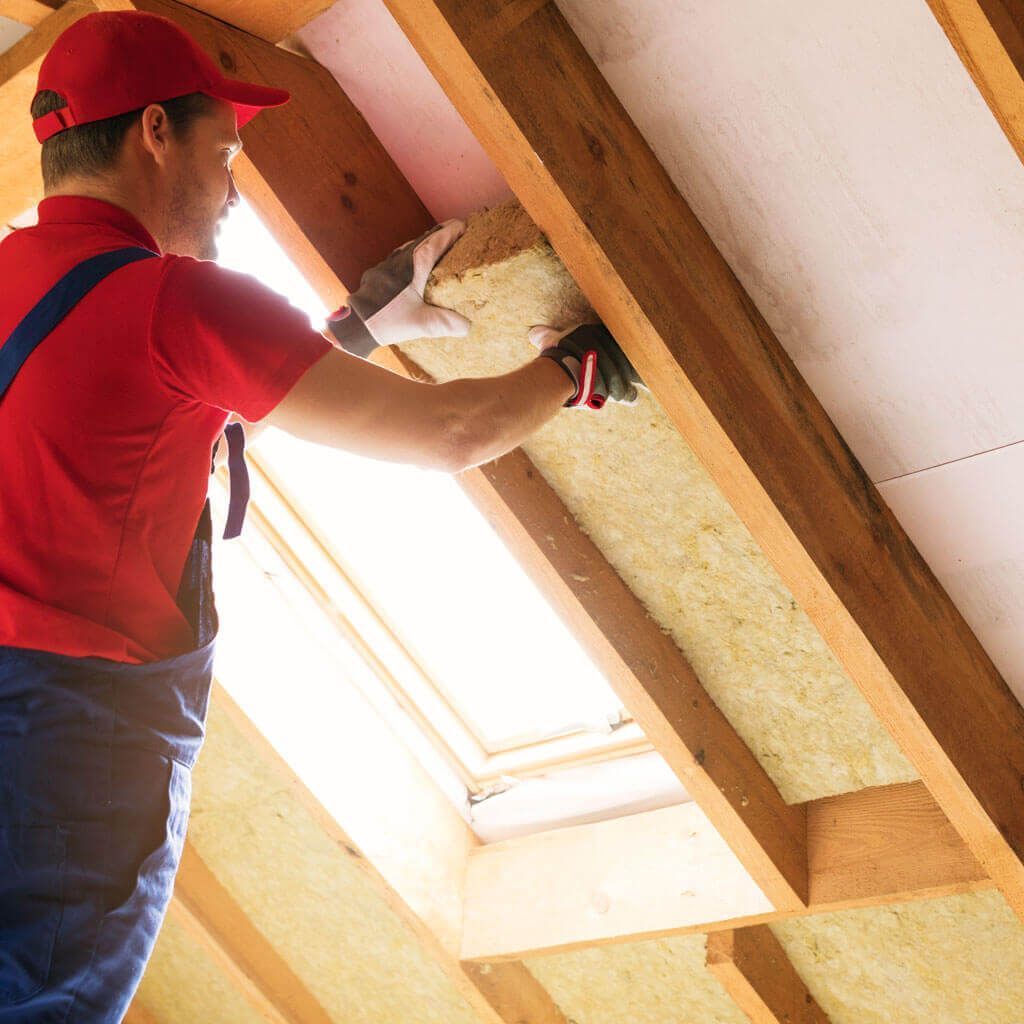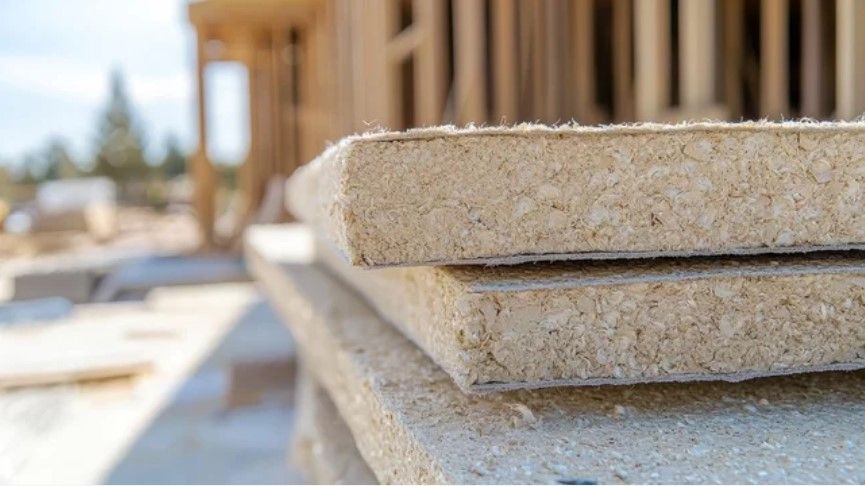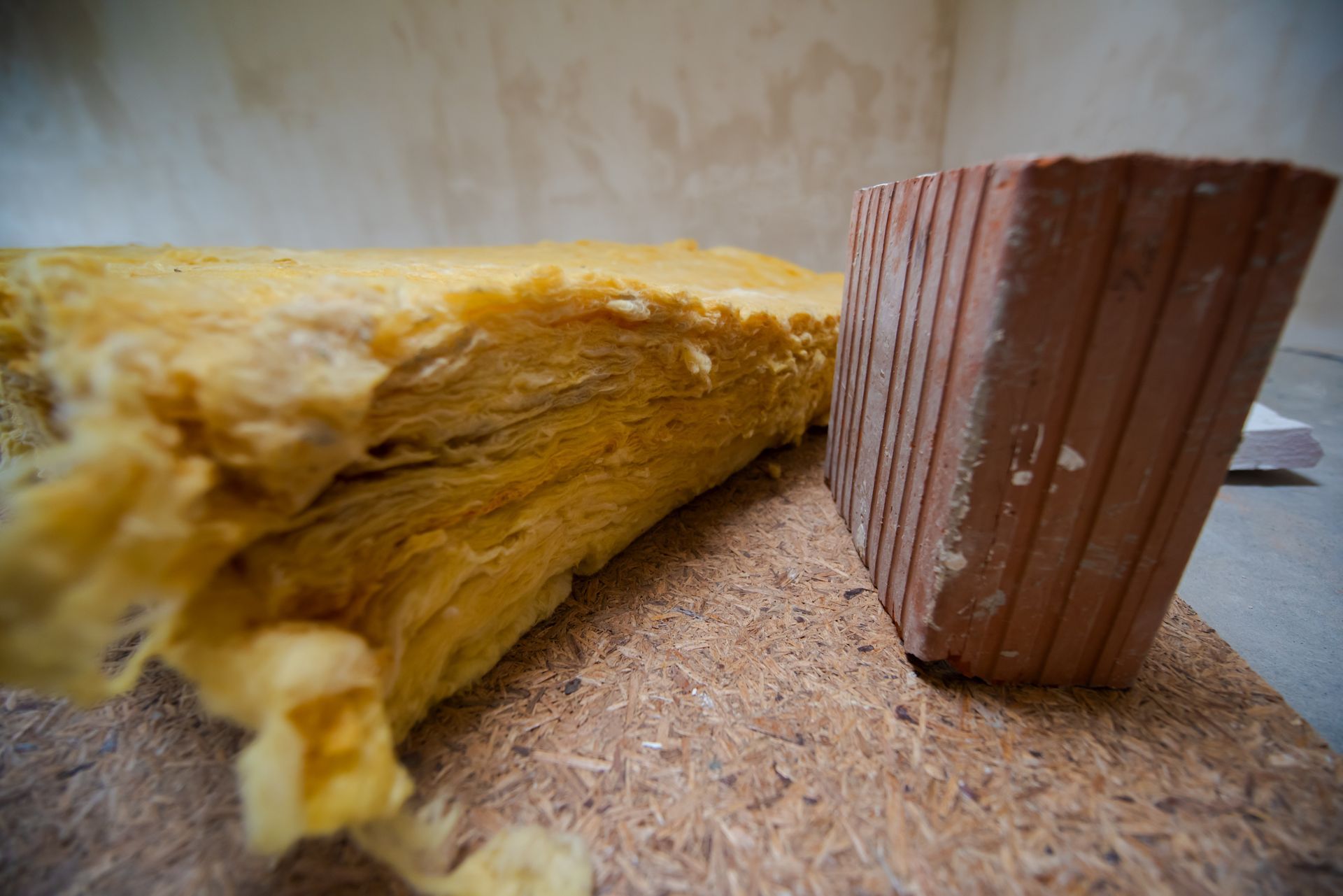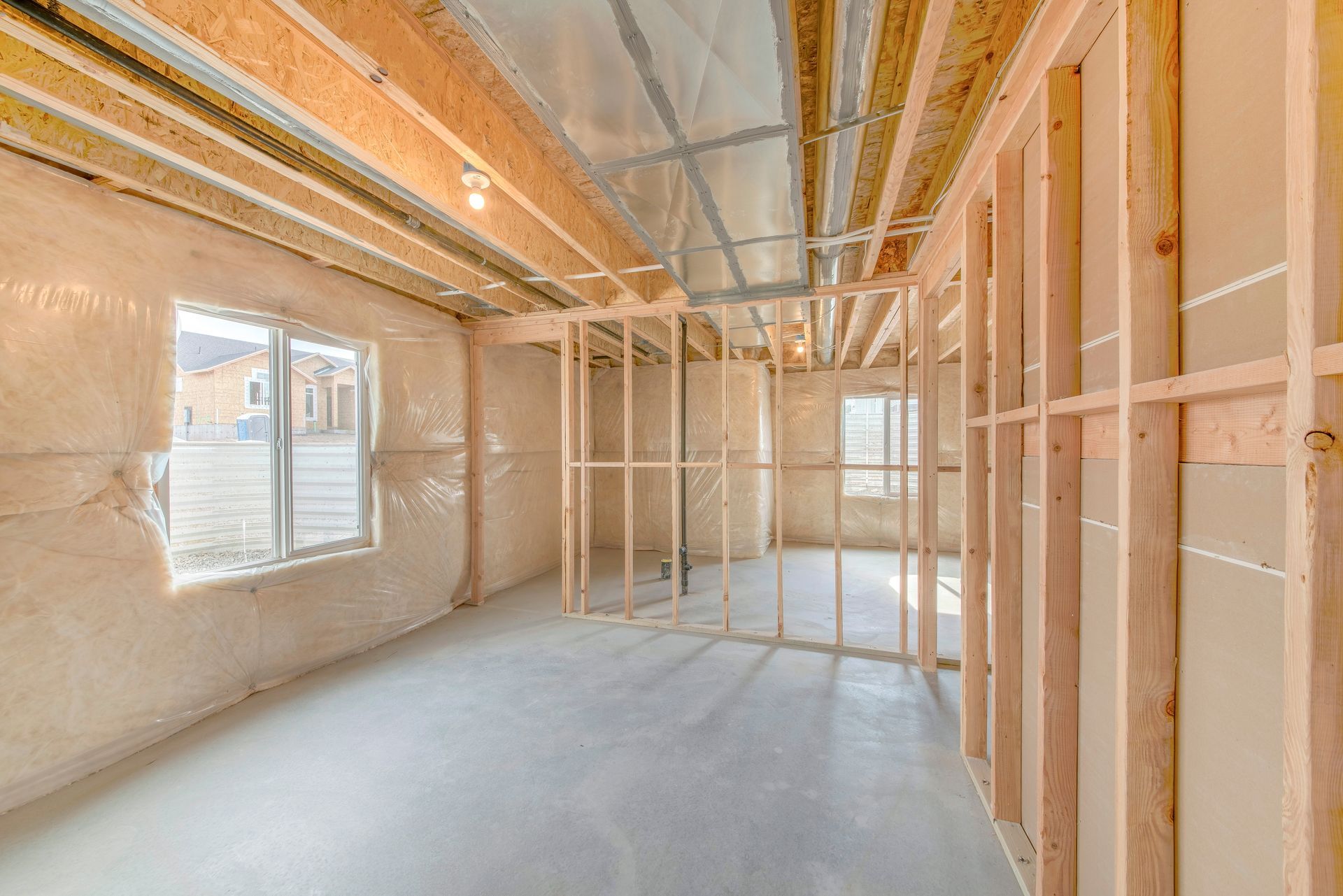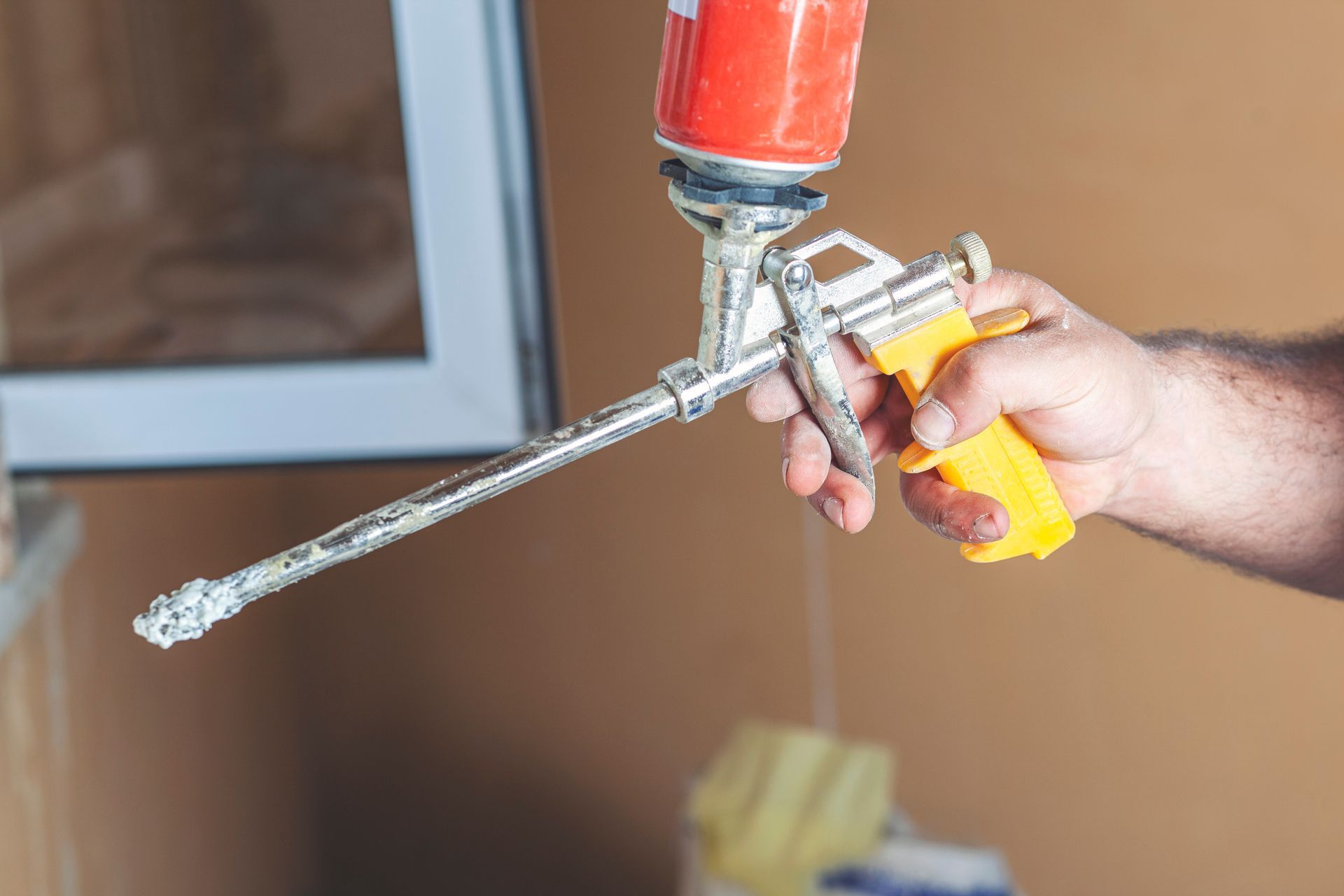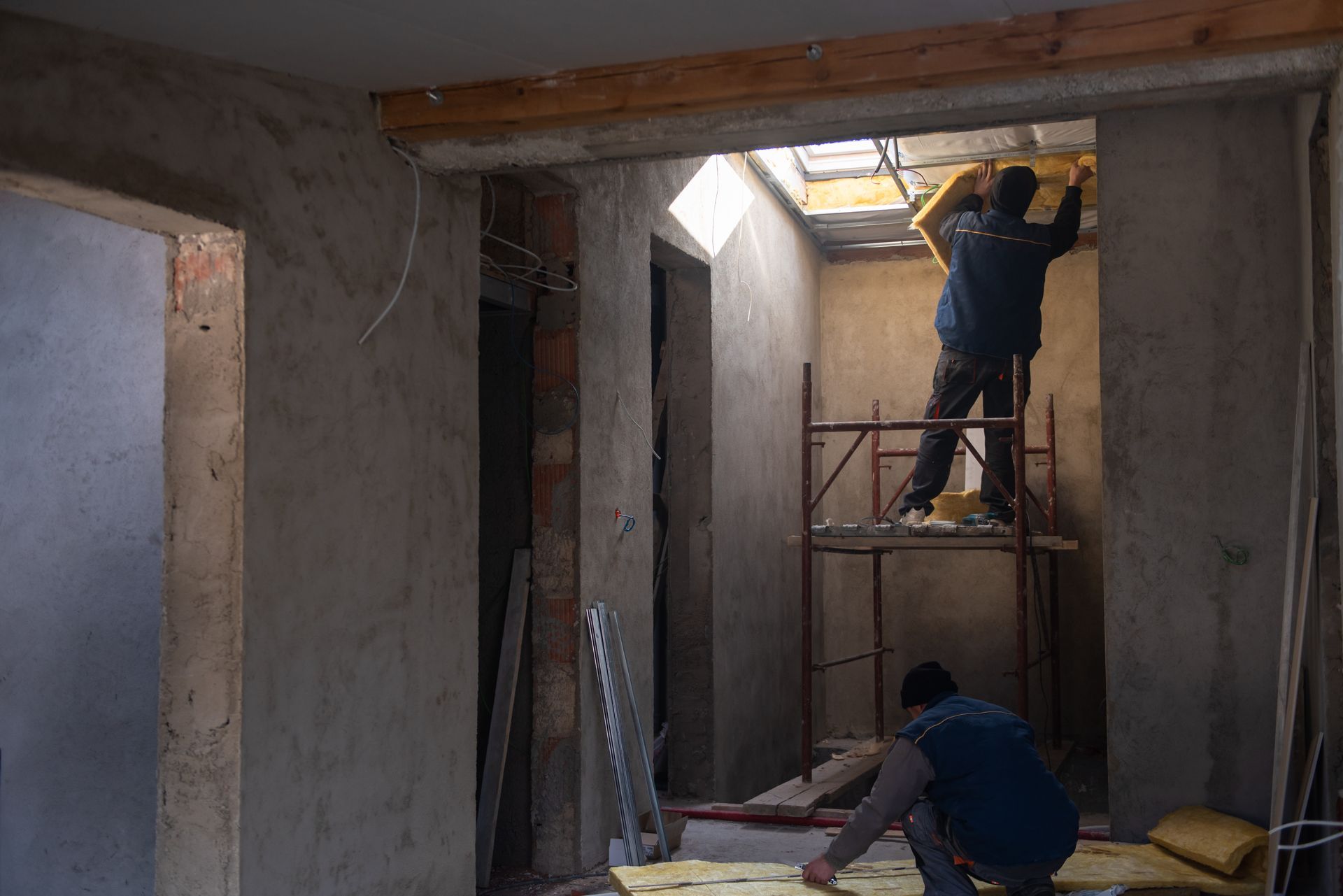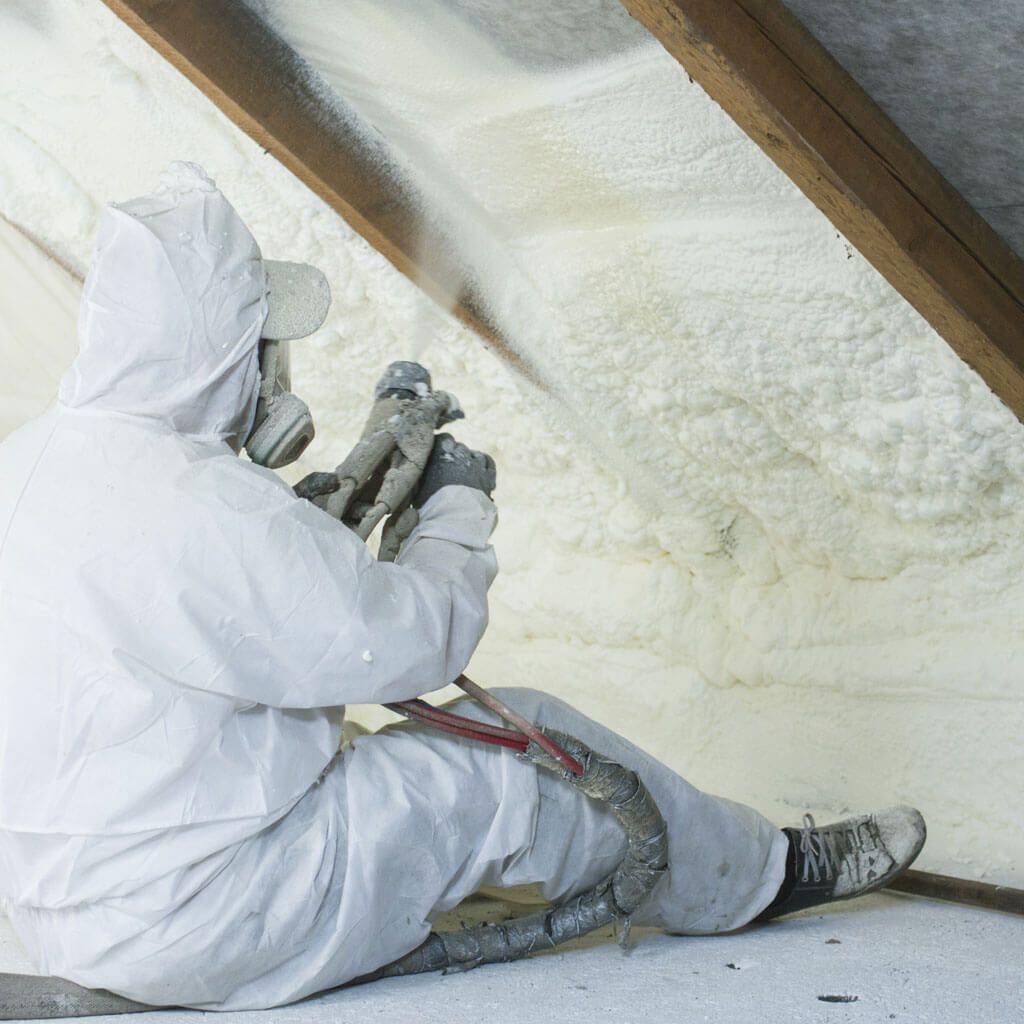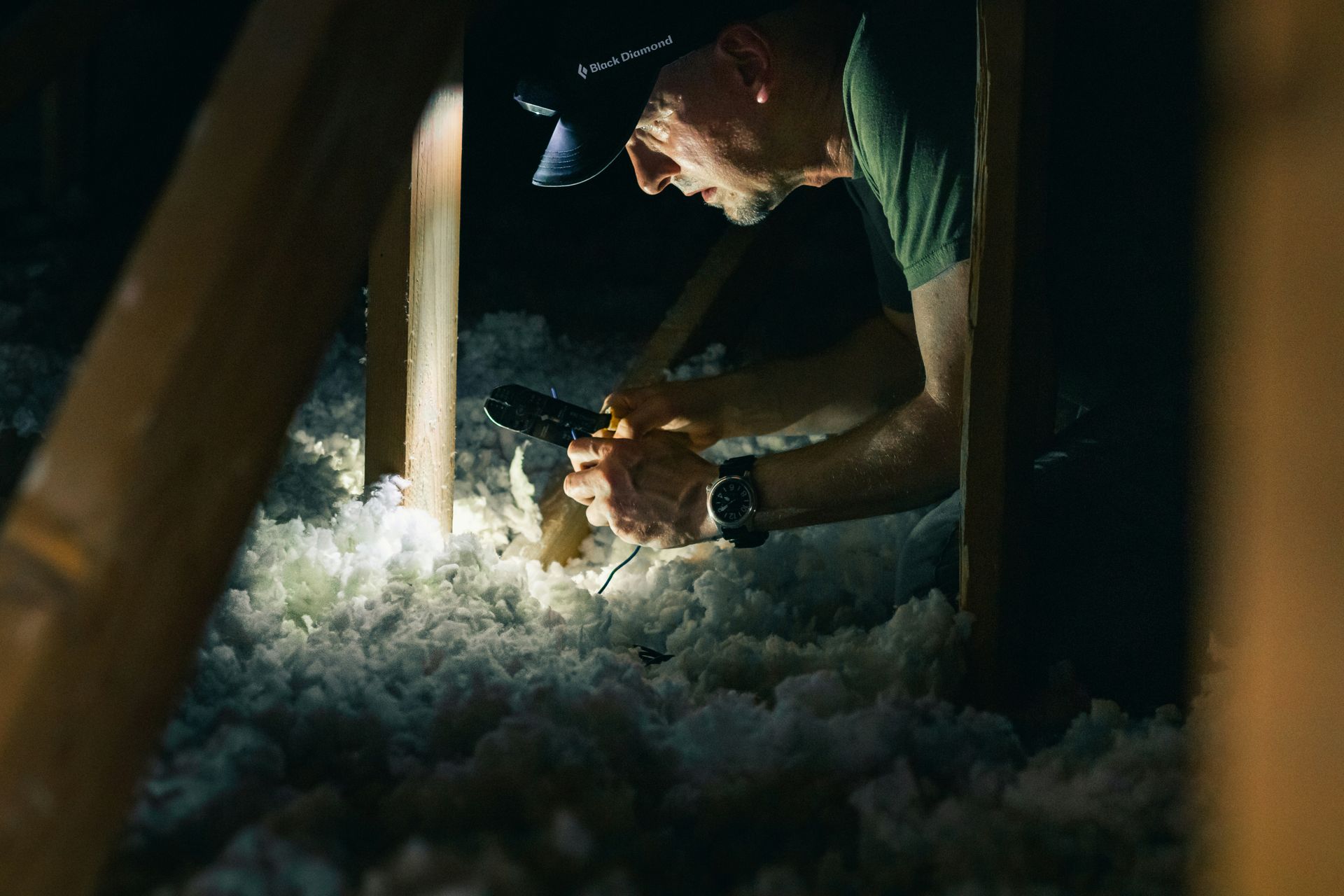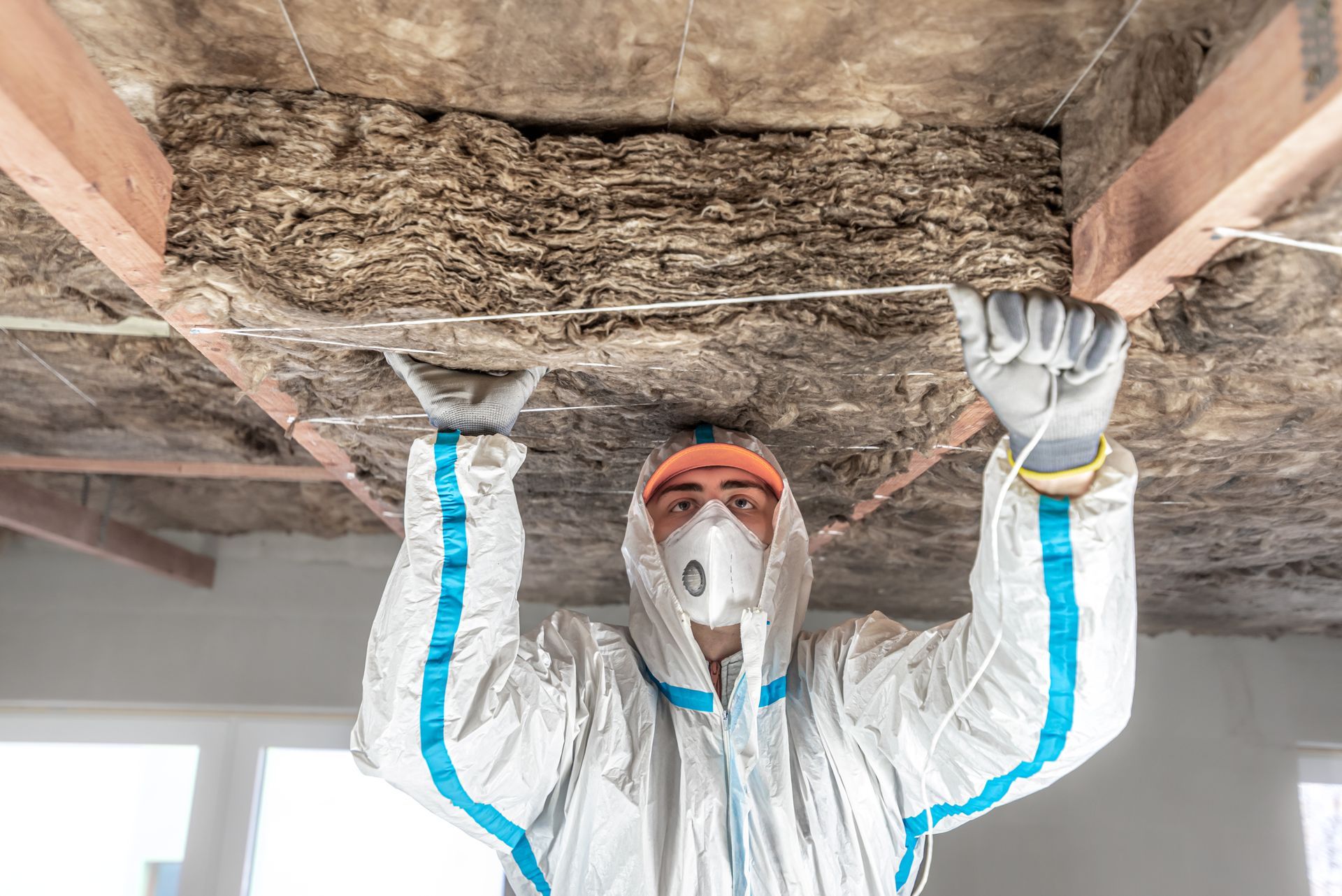What is R-Value in Insulation and Why Does it Matter?
When it comes to keeping your home comfortable and energy-efficient, insulation plays a critical role. One term you’ll frequently come across in the world of insulation is R-value. But what exactly is R-value, and why does it matter so much? In this blog post, we'll dive deep into the world of insulation and explain why R-value is key to maintaining an energy-efficient, comfortable home.
What is R-Value in Insulation?
R-value is a measure of insulation’s ability to resist heat flow. The "R" stands for resistance, and the higher the R-value, the better the insulation performs. Essentially, R-value indicates how well your insulation keeps heat from escaping during the winter and prevents heat from entering during the summer.
Insulation materials like fiberglass, spray foam, and loose fill each have their own R-values, and choosing the right one for your home depends on various factors like climate, budget, and energy efficiency goals. So, if you're considering upgrading your insulation or installing new insulation, understanding R-value can help you make informed decisions.
Why R-Value Matters for Your Home’s Energy Efficiency
So why does R-value matter? Because it directly impacts your home's energy efficiency. Think of it this way: if your insulation doesn’t have a high enough R-value, it’s like wearing a thin jacket in the dead of winter—you’re going to be cold, and your heater will have to work overtime just to keep you warm.
Here’s how having a higher R-value can make a significant difference:
- Lower energy bills: With better insulation, your heating and cooling systems won’t have to work as hard to maintain your desired temperature, which means lower energy consumption and smaller utility bills.
- Improved comfort: Good insulation helps regulate your home’s temperature, keeping you cool in the summer and warm in the winter without constantly adjusting your thermostat.
- Eco-friendly home: A home with properly insulated walls, attic, and floors reduces the need for excessive heating and cooling, reducing your carbon footprint. The higher the R-value, the better your home’s insulation, which translates to less energy waste.
Investing in insulation with the right R-value can lead to significant long-term savings and a more comfortable home year-round.
How to Choose the Right R-Value for Your Home
Choosing the right R-value depends on several factors, including your location, home type, and the area you're insulating. Homes in colder climates require higher R-values than homes in warmer regions.
Here’s a breakdown of typical recommended R-values for different parts of your home:
- Attics: R-38 to R-60 for cold climates; R-30 to R-49 for warmer regions.
- Walls: R-13 to R-21 depending on climate and home age.
- Floors: R-25 to R-30 for colder areas; R-19 to R-25 for milder regions.
But how do you choose? Here’s what you need to consider:
- Climate: As mentioned earlier, different regions call for different R-values. Homes in California might need less insulation compared to homes in Minnesota, but there are always exceptions based on personal comfort preferences.
- Budget: While insulation with a higher R-value can cost more upfront, it’s important to consider the long-term savings on your energy bills. It might be worth the initial investment if you plan to stay in your home for years to come.
- Area to Insulate: Not all parts of your home need the same level of insulation. Your attic will need a higher R-value than your walls or floors.
When in doubt, consulting a professional can help you choose the best R-value for your home’s needs.
Types of Insulation and Their R-Values
Different types of insulation have varying R-values, and knowing which one is best for your home depends on several factors. Below are some common insulation types and their R-values:
1. Fiberglass Insulation
Fiberglass insulation is one of the most common options for homes. It is made of fine strands of glass fibers and is available in batts or loose fill. The R-value of fiberglass insulation ranges between R-2.9 and R-4.3 per inch, depending on the product and density.
- Pros: Affordable, widely available, and relatively easy to install.
- Cons: Can be less effective if not installed properly; fibers may cause skin irritation.
2. Spray Foam Insulation
Spray foam insulation expands upon application and creates a solid barrier against air leakage. It offers a higher R-value than fiberglass, with R-values between R-3.7 and R-6.5 per inch.
- Pros: Excellent air sealing properties and high thermal resistance.
- Cons: More expensive than fiberglass; requires professional installation.
3. Loose Fill Insulation
Loose fill, also known as blown-in insulation, is often made of cellulose or fiberglass. It is commonly used in attics or hard-to-reach spaces. The R-value for loose fill ranges from R-2.2 to R-3.8 per inch.
- Pros: Great for filling irregular spaces; good for retrofitting older homes.
- Cons: May settle over time, reducing effectiveness.
Each insulation type has its own pros and cons, so it’s important to select one that best suits your home’s needs and budget.
What Happens When Your Insulation’s R-Value is Too Low?
Having insulation with an insufficient R-value can lead to several issues. Here’s what might happen:
- Higher energy bills: With poor insulation, your heating and cooling systems will work overtime, causing energy consumption to skyrocket.
- Uneven temperatures: Certain rooms may be colder or warmer than others, making your home uncomfortable.
- Moisture problems: Poor insulation can lead to condensation buildup, which may result in mold growth and structural damage.
In short, inadequate R-value can cause discomfort, higher bills, and even damage to your home. Upgrading your insulation to the appropriate R-value can prevent these problems and keep your home functioning efficiently.
How Often Should You Check Your Home’s R-Value?
It’s easy to forget about your home’s insulation once it’s installed, but it’s important to check your insulation regularly to ensure it’s still doing its job. Over time, insulation can lose effectiveness due to settling, moisture damage, or wear and tear.
Here are some signs that it might be time to check your insulation’s R-value:
- Drafts: Feeling cold spots in certain areas of your home could indicate insulation problems.
- High energy bills: A sudden spike in your heating or cooling bills is often a sign that your insulation isn’t as effective as it once was.
- Pest problems: If you notice rodents or insects, they could be damaging your insulation, decreasing its R-value.
Regular maintenance checks can help you identify when it’s time to upgrade or replace your insulation.
Ready for Better Insulation in Placerville, CA? Call Insulation Specialist Inc.!
At Insulation Specialist Inc., we understand the importance of proper insulation and the role R-value plays in keeping your home comfortable and energy-efficient. Whether you're looking to upgrade your attic, walls, or crawl spaces, our team of experts is here to help you make the best decision for your home.
With a wide range of services including
fiberglass insulation,
loose fill insulation, and
spray foam insulation, we ensure that your home stays energy-efficient and cozy year-round. Give us a call at
(530) 401-3779 to schedule your insulation consultation today!
FAQs
What does a higher R-value mean for my home?
A higher R-value means better insulation performance, leading to improved energy efficiency, lower utility bills, and a more comfortable home environment.
Can I mix different types of insulation with different R-values?
Yes, you can mix insulation types, but it’s essential to ensure that the total R-value meets your home’s needs. Layering insulation with different R-values can be effective when done properly.
Does insulation with a higher R-value cost more?
Typically, insulation with a higher R-value does cost more, but the energy savings and increased comfort can make it worth the investment over time.
How do I find out what R-value my home needs?
You can consult local building codes or contact a professional insulation service, like Insulation Specialist Inc., for guidance on the appropriate R-value for your area.
Can insulation with a high R-value help with soundproofing?
Yes, insulation with a higher R-value can also help reduce noise transmission between rooms and from outside, adding an extra layer of comfort.
